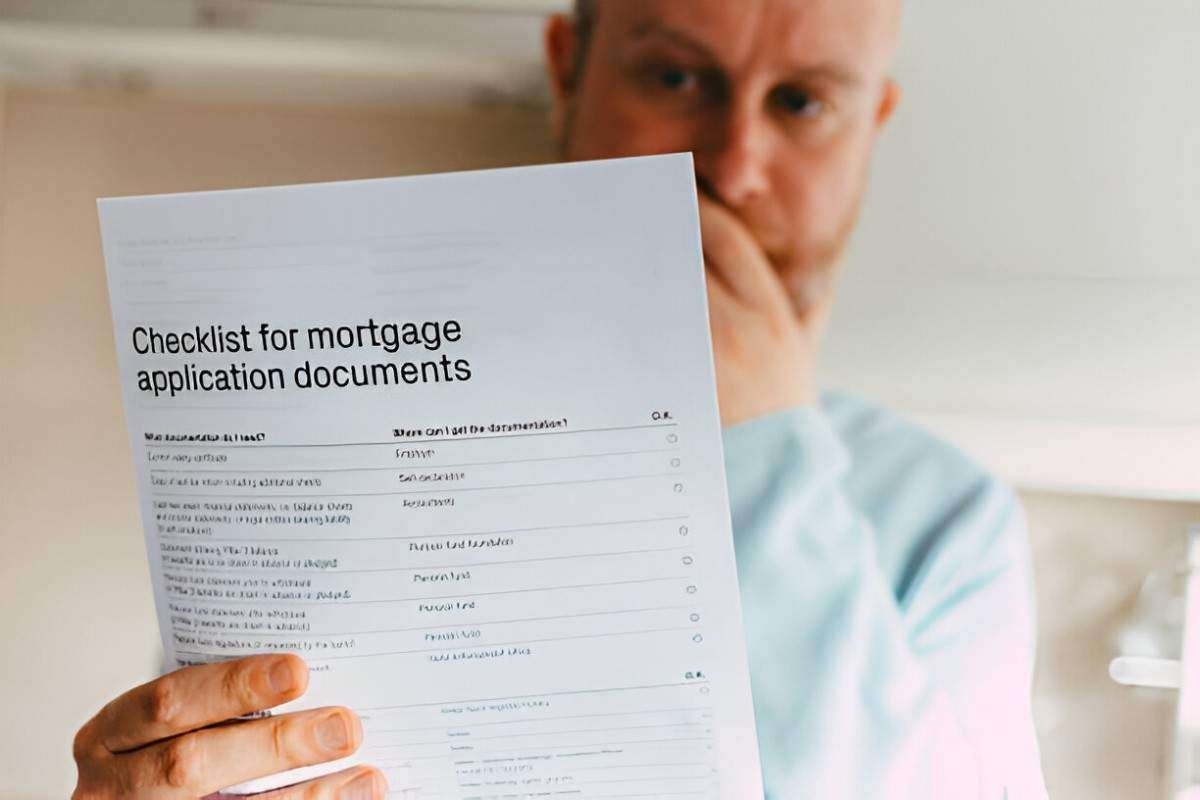Introduction
A mortgage note is a legal document that outlines the terms of a loan used to purchase real estate. It binds the borrower to a repayment schedule and provides the lender with legal recourse in case of default. In the U.S., mortgage notes play a crucial role in home financing, affecting homeowners, investors, and financial institutions alike.
This guide examines mortgage notes from multiple angles. I will explore their structure, functions, types, legal implications, and investment potential. I will also include relevant calculations and examples to clarify key concepts.
Table of Contents
What Is a Mortgage Note?
A mortgage note is a promissory note secured by a mortgage. It is a written promise by the borrower to repay a specified loan amount with interest over a predetermined period. The mortgage note serves as evidence of the debt, while the mortgage or deed of trust secures the lender’s interest in the property.
Key Components of a Mortgage Note
- Loan Amount – The principal balance borrowed.
- Interest Rate – The annual percentage rate charged on the loan.
- Payment Schedule – Monthly, biweekly, or other repayment structures.
- Loan Term – The length of time over which the loan must be repaid.
- Collateral – The property securing the loan.
- Default and Foreclosure Terms – Conditions under which the lender can take legal action.
- Prepayment Penalties – Fees for paying off the loan early.
Types of Mortgage Notes
Mortgage notes vary based on structure, interest terms, and payment methods. Below are the most common types:
| Type | Description | Example Scenario |
|---|---|---|
| Fixed-Rate Mortgage Note | Carries a constant interest rate over the loan term. | 30-year fixed mortgage at 5% interest. |
| Adjustable-Rate Mortgage Note | Interest rate fluctuates based on market conditions. | 5/1 ARM with an initial rate of 4% that adjusts annually. |
| Balloon Mortgage Note | Requires a lump sum payment at the end of the term. | A 7-year loan with monthly payments and a large final payment. |
| Interest-Only Mortgage Note | Allows the borrower to pay only interest for a specified period. | A 10-year interest-only mortgage transitioning to principal and interest payments. |
| Seller-Financed Mortgage Note | Created when a property owner finances the buyer directly. | A homeowner sells a house and provides financing at 6% interest. |
Legal Aspects and Enforceability
Mortgage notes must comply with federal and state laws, including the Truth in Lending Act (TILA), Real Estate Settlement Procedures Act (RESPA), and Dodd-Frank Act. If a borrower defaults, lenders can initiate foreclosure proceedings, repossess the property, and recover losses through a sale.
Example of Foreclosure Process
- Borrower misses payments for 90 days.
- Lender issues a Notice of Default (NOD).
- If unresolved, the lender proceeds with foreclosure.
- The property is sold at auction.
- Proceeds are used to settle the debt.
How Mortgage Notes Are Bought and Sold
Mortgage notes can be sold in the secondary market. Banks, financial institutions, and investors purchase mortgage notes as income-generating assets.
Valuation of a Mortgage Note
A mortgage note’s value depends on:
- Remaining principal balance
- Interest rate
- Borrower’s creditworthiness
- Loan-to-value (LTV) ratio
- Market interest rates
Example Calculation
Consider a mortgage note with the following terms:
- Original Loan Amount: $200,000
- Interest Rate: 6%
- Term: 30 years
- Monthly Payment: $1,199.10
- Remaining Balance: $150,000
- Remaining Term: 20 years
If the investor demands an 8% return, the note’s price is calculated using present value formulas:
PV = P \times \left(1 - \frac{1}{(1 + r)^n}\right) \div rWhere:
- PP = $1,199.10
- r = \frac{8\%}{12} = 0.00667
- nn = 20 × 12 = 240 months
Plugging in the values:
PV = 1199.10 \times \left(1 - \frac{1}{(1.00667)^{240}}\right) / 0.00667This calculation determines the present value of future payments, helping investors decide if the note is a good investment.
Investing in Mortgage Notes
Investing in mortgage notes offers an alternative to traditional real estate investing. Instead of owning property, an investor holds the debt instrument and collects payments.
Risks and Rewards
| Factor | Risk | Reward |
|---|---|---|
| Interest Rate | Low rates reduce returns. | High rates increase yield. |
| Default | Borrower may stop paying. | Can acquire property through foreclosure. |
| Market Conditions | Economic downturns impact repayment. | Appreciation may enhance value. |
| Liquidity | Harder to sell than stocks. | Steady cash flow from payments. |
Conclusion
A mortgage note is a crucial financial instrument governing real estate loans. Whether you are a borrower, lender, or investor, understanding mortgage notes helps you navigate home financing and investment opportunities. By considering legal frameworks, financial calculations, and market dynamics, you can make informed decisions that align with your financial goals.





